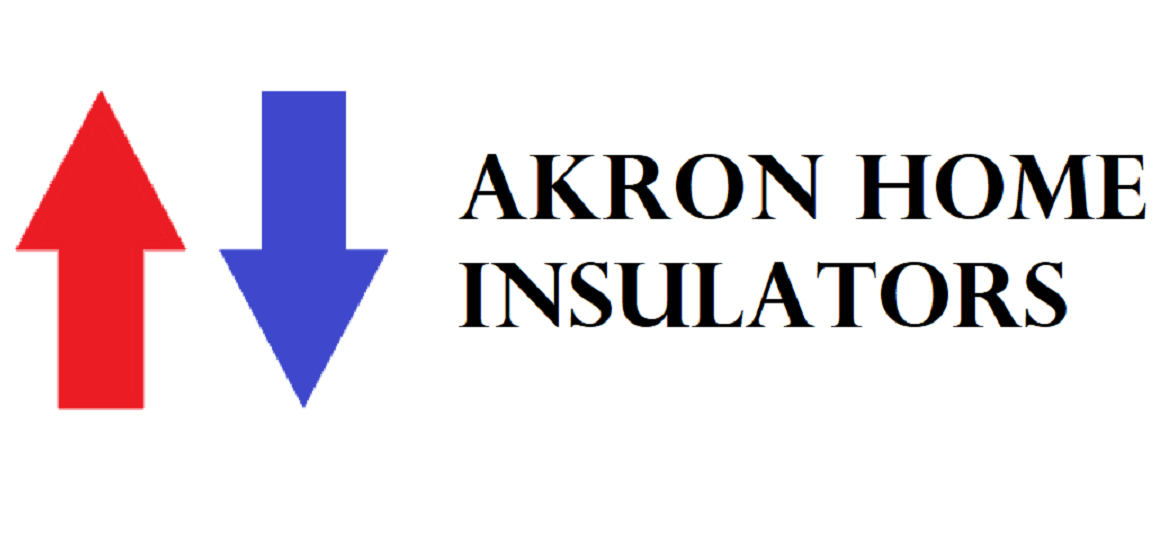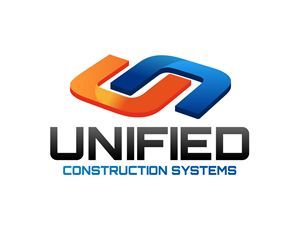Keep the weather outside this year...where it belongs
Attic Insulation options from Akron Home Insulators
Whole Home Insulation - Attic
In a poorly insulated home, most of the heat generated will be lost through the attic and roof. This is because heat rises and an attic with just rafters and shingles provides nearly no insulation, in fact it is such a poor barrier against heat loss that it will melt snow on top of the roof! With energy costs only going up, poor insulation is a great way to waste money.
As all dads have said at one point "I'm not heating the whole neighborhood!"...but you might be doing just that! Give our friendly team of experts a call and see how they can guide you to a more efficient home with attic insulation from Akron Home Insulators.
The first step is to determine if you currently have enough insulation in your home attic. With a visual inspection, you can get an adequate estimate of how much insulation is already up there. For colder climates, like NE Ohio, you want to see your attic insulation well above floor joists and none of the joists should be visible through the insulation. If you do see your floor joists, your attic insulation is probably not adequate and can be described as 'under-insulated' - making your home one of the 90% of under-insulated homes in America.
An expert team from Akron Home Insulators can update or upgrade your attic insulation in just one day, cleaning up any mess along the way. We are fast, clean and energy efficient. Join hundreds of homeowners all over NE Ohio in enjoying the winter this year with new attic insulation for your and your family.
Call today or message us at anytime to get in touch with a representative who has answers to all of your questions
Done with Drafts?
Attic insulation options include
Blown in
Designed for existing or new walls, adds protection by blowing materials that trap heat into small holes drilled in siding or spread atop floor joists in attics. Varieties include fireproof, pest resistant, and noise dampening
- Cellulose - Eco-friendly option created from recycled wood or cardboard, treated against pests and mold growth and ideal for conforming around structures inside walls. Moisture exposure will compact cellulose and reduce thermal resistance. Higher price compared to fiberglass fill.
- Loose Fill Fiberglass - Most affordable blown in insulation, does not provide pest control, avoid contact with skin as fiberglass is an irritant
- Rock Wool - More expensive than other options, but highly resistant to fire, used in walls between structures for such as a connected garage or apartment building.
Spray Foam Insulation
Excellent for open rafter attics and basements can be used before or after drywall application, offers high R-value, able to insulate and air seal small spaces or large. Certain types enhance structural integrity of the home. Superb air and moisture barrier, longer lasting but more expensive than other insulation types.
Open Cell - Greatly expands up to 3 inches and remains flexible after application, eco-friendly option that uses water or carbon dioxide for propulsion, excellent air and sound barrier, additional vapor barrier required for contact with outer walls. More affordable than closed cell.
Closed Cell
- Expands slightly to about 1 inch and dries to a hard layer with air pockets completely sealed and densely packed. Material is so rigid that it provides additional support and integrity for the home or building. Long lasting, more expensive than other alternatives, but provides additional benefits that others do not. Excellent air
and moisture protection.
Rigid Foam Boards
Excellent for use in basements or when in contact with masonry, holds up well against moisture, can be used above or below ground level. Good for use in flooring or ceilings, thin material that withstands compression well.
- Polystyrene (XPS) - Low priced, does not absorb moisture and highly compressible, often used in flooring, garages, and for sound dampening. Much better R-value at colder temperatures vs Polyisocyanurate
- Polyisocyanurate - Has the highest R-value for the least thickness, core resists moisture, loses thermal resistance over timeNew Paragraph
Blanket Batts
Designed to be used for above-ground insulation in walls, floors and attics, great for filling gaps to avoid drafts, comes in a variety of thickness
- Faced Insulation - Contains a paper liner as a barrier against moisture, used in spaces where moisture can creep into homes
- Unfaced Insulation - Does not contain a barrier, used where moisture is not a concern like inner walls
- Rolled Insulation - Comes in large faced or unfaced rolls, excellent value for covering large areas and can be cut to the required size
- Pre-Cut - These come in large sheets, faced or unfaced, cut to industry standard ready for placement into basements, attics
Reflective Insulation
Designed for hot summers and installed in attic spaces, protects against radiation heat transfer as sunlight hits a rooftop. Saves on A/C costs by keeping internal temperature lower
Reflective - Contains a reflecting surface, usually aluminum foil or aluminized polyester, as well as an insulating layer. Low R-value alone, but when combined with an air gap, higher thermal resistance is achieved.
Radiant Barrier - Thin metallic barrier installed in attics below the roof. Does not insulate but effectively reflects heat, preventing absorption into homes


